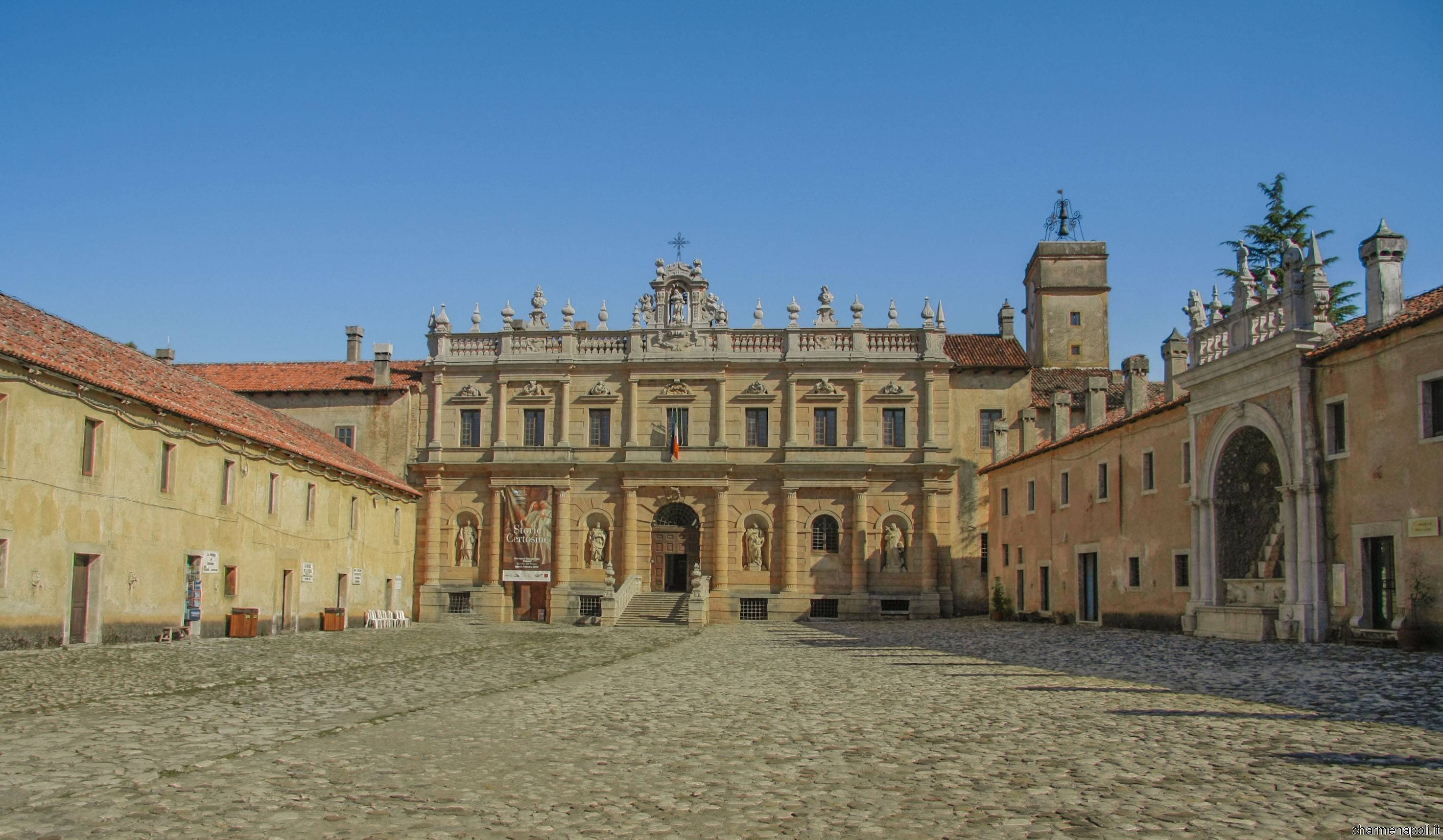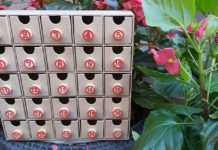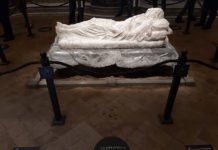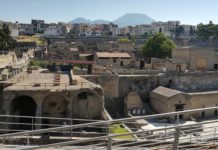The Certosa di San Lorenzo, better known as Certosa di Padula, today is also visited by virtual tour! Just log on to the portal of National Tourist www.italiavirtualtour.it and you’re done. The staff of the Comunicando Leader who publishes the tourist portal, photographed, in fact, 360 degrees all the rooms of the historic monument del Vallo di Diano founded by Tommaso Sanseverino, Count of Marsico in 1306, including the rooms closed to the public.
From today, therefore, thanks to the virtual tour, those who want to, you can navigate with your pc or tablet in the various environments of the Certosa, discovering, a click after another, one of the architectural wonders declared World Heritage site by Unesco in 1998. The certosa di San Lorenzo is in fact the largest monastic complex in southern Italy and is located in the town of Padula (Salerno), a country that gave birth to Joe Petrosino, the famous New York policeman.
Its structure recalls the image of the gridiron on which San Lorenzo was burned alive, according to tradition, in 258, during the persecution of Christians by Emperor Valeriano. The main part of the monument is clearly Baroque style and occupies a total area of just over 51,000 square meters on which were built more than 320 rooms. Inside the wing that houses the monastery is the largest cloister in the world (approximately 12,000 square meters) surrounded by 84 columns. Also a large and distinctive spiral staircase, built in white marble, leads to the great library of the convent. In 1535 the Monastery gave shelter to Emperor Carlo V returned from Tunis: it is said that to feed his large army the monks were forced to prepare a huge omelette with more than 1,000 eggs! In Padula are also guarded the remains of 200 revolutionaries landed with Carlo Pisacane to Sapri. Today the Padula complex – who was also a prisoners camp during World War I and at the end of the World War II – houses the provincial Archaeological Museum of Western Lucania, which are a collection of rare artifacts (from the prehistoric to Hellenistic age) coming from the excavations of the necropolis of Sala Consilina and Padula.

 Italiano
Italiano














